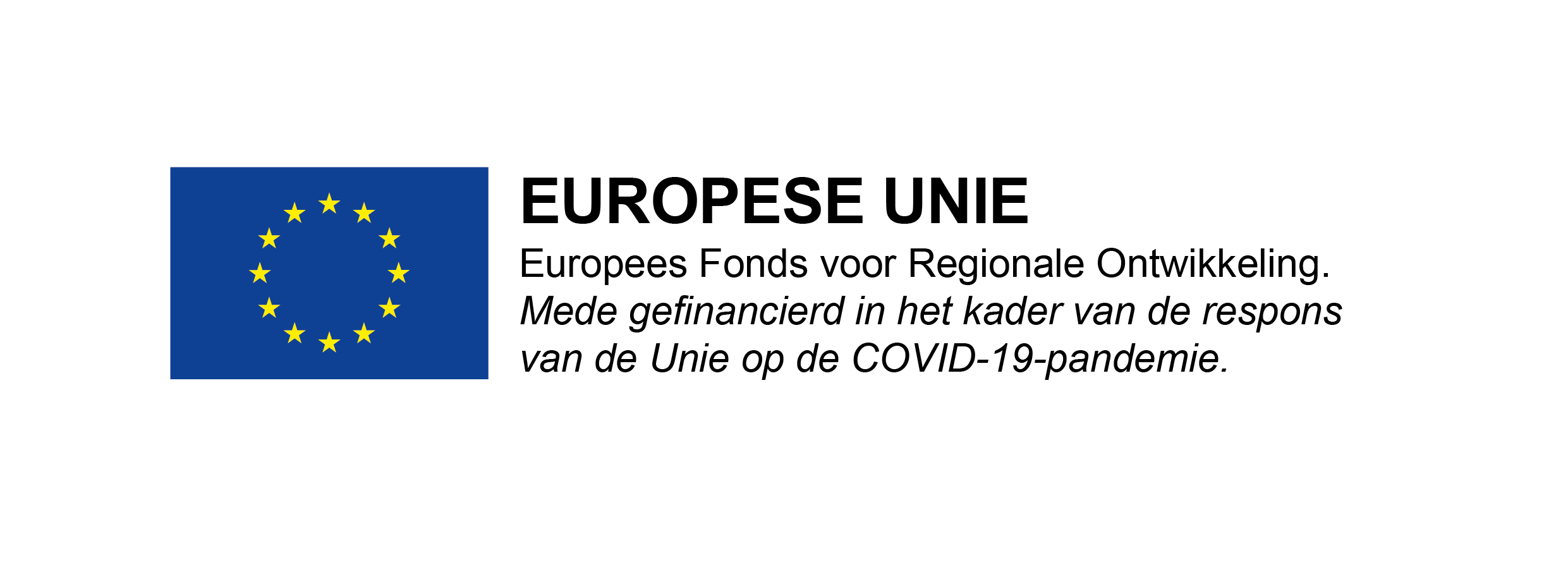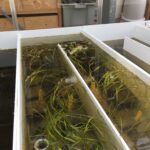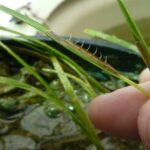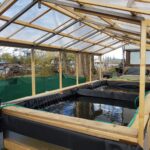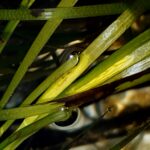Seagrass Nursery
Following the success of the seagrass restoration project near Griend in the Wadden Sea, carried out by The Fieldwork Company in collaboration with the University of Groningen and Natuurmonumenten, there is now a growing demand for donor material. Each year, hundreds of thousands of seeds are collected from natural populations to serve as donor material for restoration efforts. However, in the long term, this approach is not sustainable. To address this challenge, we are conducting experiments in seagrass cultivation, aiming to develop a new type of aquaculture to support large-scale restoration.
Share this project
Cultivation for Restoration
Restoring seagrass requires a sufficient supply of donor material—seeds or plants that can be sown or planted in tidal flats or subtidal areas to establish new seagrass meadows. Currently, these materials are sourced from natural and healthy seagrass populations in the German and Danish Wadden Sea.
Since 2019, we have been conducting ecological research to develop methods for cultivating seagrass, with the goal of producing seeds and plants for restoration purposes. Over the past few years, the main focus has been on establishing a successful seagrass seed nursery for the restoration of both tidal and intertidal seagrass (Zostera marina).
Controlled Environment Experiments
Our research has focused on identifying the optimal growth conditions for seagrass plants, maximizing seed production, and optimizing the use of space and resources.
To determine the best conditions (light, temperature, nutrients, sediment, CO₂) for plant growth, we conducted greenhouse experiments at the University of Groningen’s Zernike Campus, our workshop in Groningen and Lauwersoog. These trials enabled us to complete the full seed-to-seed cycle—where a single seed germinates, matures into a plant, and then produces new seeds.
In 2026, our goal is to have a ‘proof of concept’ nursery, to further scale up to provide sufficient planting material for the years to come.
Scaling Up: Multiple Nurseries & Seagrass Species
A key challenge now is scaling up our annual production of seagrass plants. To do this, we are testing various cultivation setups, mesocosms and 20m² seawater-fed basins at the Lauwersoog harbour.
In addition to our Zostera marina seed nursery, we have been exploring methods for cultivating dwarf eelgrass (Zostera noltii) and submerged Zostera marina plants. Over the coming years, we aim to expand our knowledge, scale up our nurseries, and further develop our restoration sites.
For more details on our seagrass restoration projects, visit our project pages. Updates on experiments and annual milestones will be published in our news section.
Client
Intern project
Involved part(ies)

Rijksuniversiteit Groningen
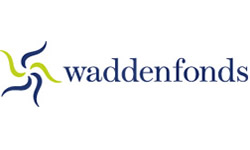
Waddenfonds
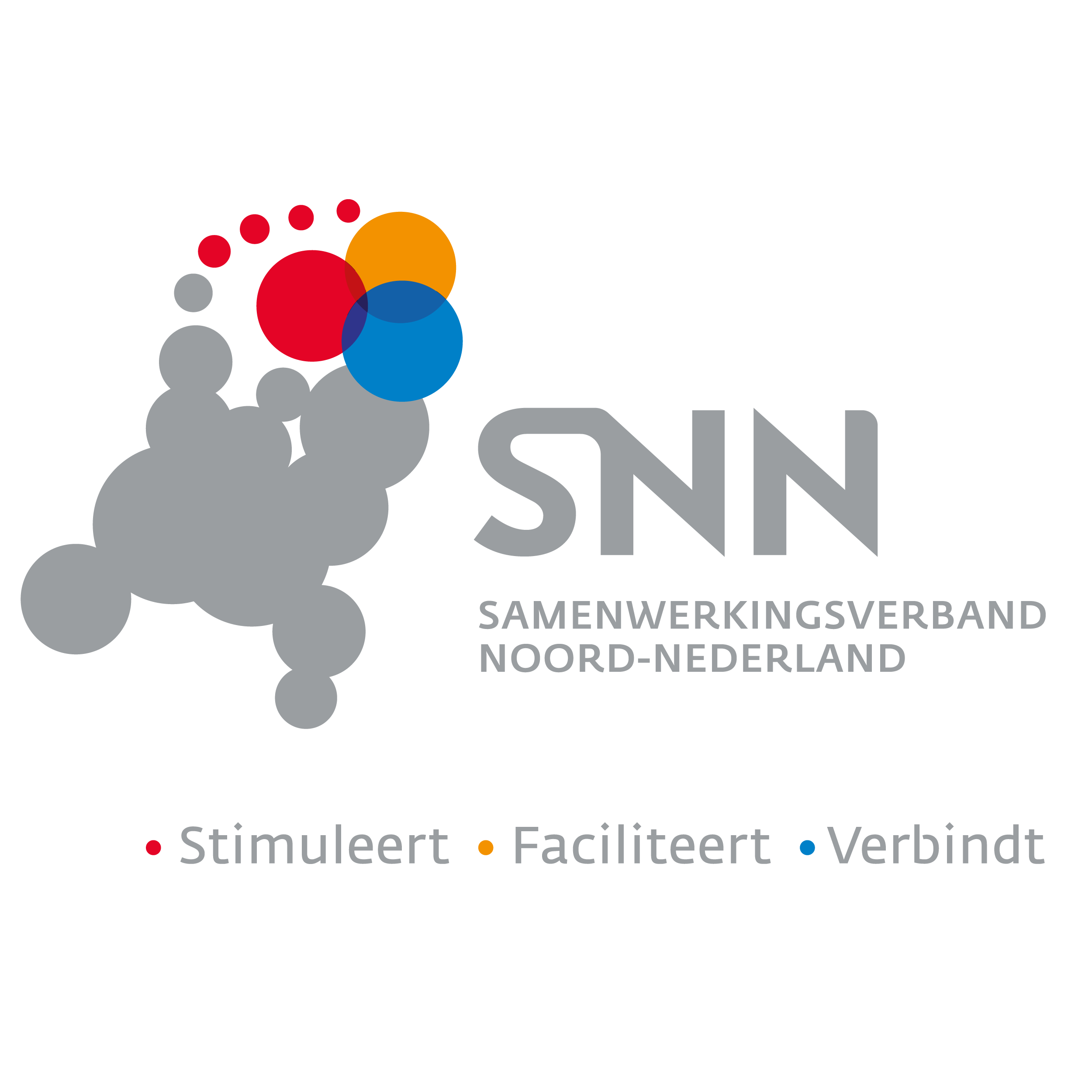
SNN
